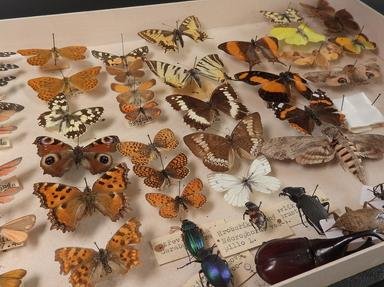Quiz Answer Key and Fun Facts
1. What type of insect is the boll weevil?
2. The boll weevil moved into the United States from neighboring Mexico just prior to the turn of the twentieth century. Entry was gained by crossing which river near Brownsville, Texas?
3. During the 1920s, farmers in the American south were financially devastated by the destruction of their crops caused by boll weevils. Which crop in particular was affected?
4. Boll weevils generally adapt very well to climate and temperature extremes.
5. After winter dormancy, the female boll weevil begins to lay its eggs within the cotton plant and approximately three weeks will elapse before they develop into adulthood.
6. The boll weevil does not have any natural predators.
7. In addition to North America, the emergence of the boll weevil was also detected on which continent in the twentieth century?
8. The Boll Weevil Eradication Program was introduced in 1978 by the United States government to rid the cotton industry of the boll weevil using techniques designed to reduce the costly use of pesticides. Along which bordering states was the program first implemented?
9. As a result of extermination programs by the United States Department of Agriculture, the boll weevil was completely eliminated from the American cotton industry by the end of the twentieth century.
10. The Boll Weevil Monument is an American landmark that was, ironically, built to honor the boll weevil for its influence on the agricultural industry. In which state is this structure located?
Source: Author
lout62001
This quiz was reviewed by FunTrivia editor
guitargoddess before going online.
Any errors found in FunTrivia content are routinely corrected through our feedback system.

